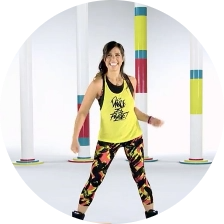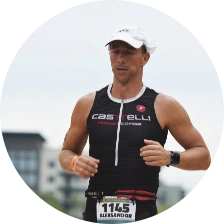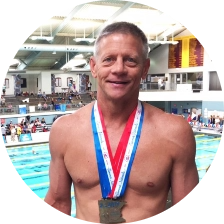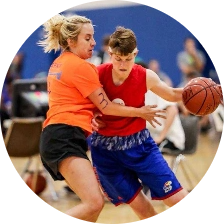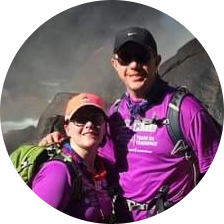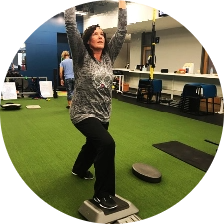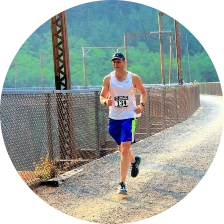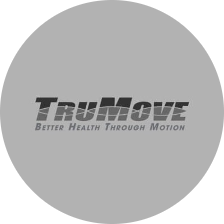Services
Therapy for Sports Injuries

Injuries are an unavoidable part of sports. Common sports injuries include strains, sprains, swollen muscles, fractures, rotator cuff injuries, and dislocations.
Some injuries are acute, meaning they result from sudden accidents that may trigger severe symptoms. Others are chronic, overuse conditions that may trigger subtler symptoms over time.
Depending on their nature, sports injuries may produce varying symptoms and complications. Fortunately, most injuries can be corrected with sports injury therapy and athletes can return to a satisfying level of performance after proper treatment.
Types of Sports Injuries
- Some of the more common include:
- Torn ligaments and tendons
- Swollen muscles
- Rotator cuff injury
- Nose fractures
- Muscle sprains and strains
- Knee joint injuries
- Hamstring strain
- Groin strain
- Fractures
- Dislocated joints
- Dental damage
- Cuts and abrasions
- Concussion
- Achilles tendon rupture
Causes of Sports Injury
Some sports injuries result from accidents. Others may be attributed to:
- Poor training practices
- Overuse
- Lack of conditioning
- Insufficient warm-up and stretching
- Improper equipment
- Impact
ATTENTION:
Don’t let a tight hamstring, stiff shoulder, aching back or burning sensation running down your leg turn into a bigger problem than it is OR keep holding you back from getting back to the ring, the rink, the field, court or green. Get relief today and avoid the 55%+ failure rate of drugs and surgeries to fix your pain. You deserve the facts!
Symptoms of Sports Injury
While many sports injuries cause immediate pain or discomfort, others, like overuse injuries, might develop over time and result in long-term damage.
Acute Sports Injury Symptoms
- Tenderness in the hand, arm, or wrist
- Swelling
- Sudden, severe pain
- Not being able to put weight on a leg, knee, ankle, or foot
- Inability to move joints normally
- Extreme weakness in the leg or arm
- A joint or bone that is visibly out of place
Chronic Sports Injury Symptoms
- Swelling
- Pain when you play or exercise
- A dull ache when you rest
Diagnosing Sports Injuries
If you think you have a sports injury, your physician may require a physical examination and ask questions about your exercise habits and any previous injuries. Imaging tests such as X-rays and MRI scans may also be necessary to rule out fractures and bone changes.
Traditional Treatments
- Medication – Doctors often recommend nonsteroidal anti-inflammatory drugs such as ibuprofen to minimize swelling and relieve pain from sports injuries.
- Steroid injections – If medications alongside ice and rest don’t reduce pain, doctors might prescribe steroid injections to the affected area.
- Surgery – Dislocated bones and rotator cuff injuries often require surgery, especially if surrounding blood vessels, nerves or ligaments have been damaged.
TruMove
Traditional treatments have been found to only work 45% of the time. Prescription drugs and surgery may also come with a risk of serious complications.
Our method offers a safer, more effective, and virtually pain-free path to healing. By identifying and managing the underlying cause of pain, our procedures aim to provide lasting relief no matter what sports injury you have.
Full-body Movement Assessment
Successful healing begins with discovering the root cause of the patient’s pain. In most cases, pain in one area is only a symptom of a larger issue. In a full-body movement assessment, the source of the problem is identified by examining the movement of nearby or connected parts. This allows movement to be restored and the body to complete the healing process.
Hands-on Manual Therapy
The Superior Method employs the help of a trained therapist certified in functional manual reaction. The therapist uses their hands to facilitate proper motion, improving areas of restriction. This is similar to deep tissue massage, but it incorporates movement.
Prescriptive Home Exercise Program
The Superior Method aims to educate patients on how the body moves to safely ease pain and restore function. With our smartphone app called Movement RX, we empower patients with the knowledge and tools needed to attain long-term physical freedom. All of the instructions provided by your physician will also be video-recorded and sent directly to your email or mobile device.
Applied Functional Science
This principles-based method is designed to improve how the mind, body, and spirit work together to facilitate complete healing. All Superior Physical Therapy providers are Fellows of Applied Functional Science through the Gray Institute. This organization is led by the reputable physical therapist, Dr. Gary Gray.
Deep Muscle Stimulation
Mechanical vibrations that penetrate deep into the muscle tissue enable tissue regeneration and improve the lactic cycle, which is one of the most common causes of pain. The procedure also helps boost circulation and lymphatic flow to alleviate pain.
Dry Needling
A fast, safe, and virtually pain-free method to reduce pain and address musculoskeletal presentations. In dry needling, trigger points or local contractures are stimulated by monofilament needles.
McKenzie Therapy
The McKenzie Method® of Mechanical Diagnosis and Therapy® (MDT) is a distinguished and internationally researched method of diagnosis and treatment for spinal and extremity musculoskeletal conditions. Created by New Zealand Physiotherapist Robin McKenzie, this system has been used globally for over 60 years. MDT-certified clinicians assess and treat all types of musculoskeletal disorders including complications in the spine, muscles, tendons, and extremity joints.




